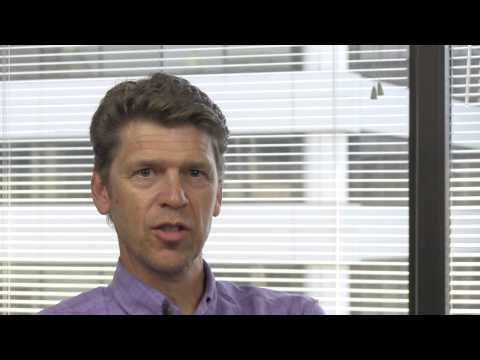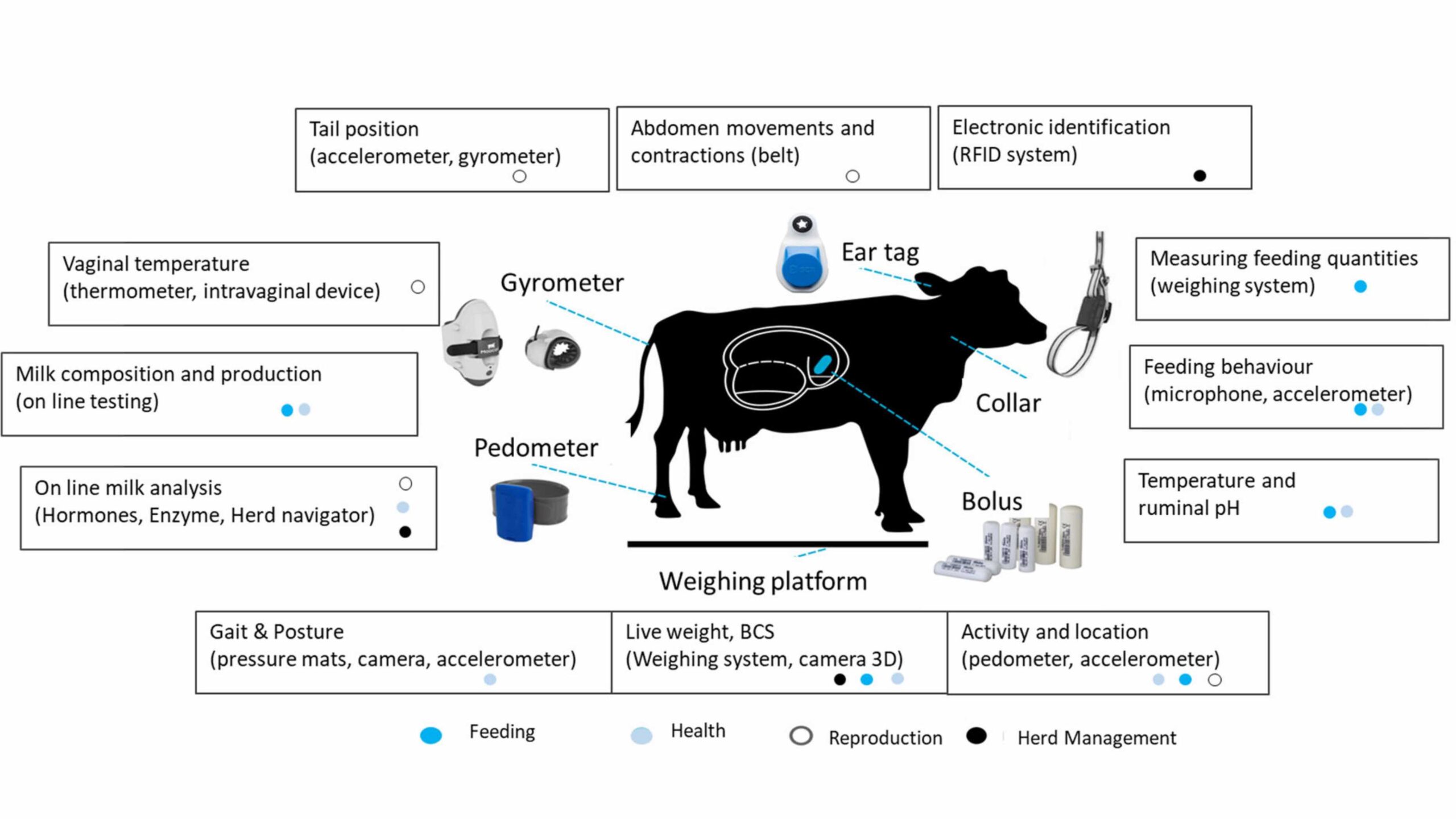The year 2013 saw a major step forward in global attention to nutrition. Several processes converged: the Scaling Up Nutrition (SUN) movement continued to drive the momentum, with 47 countries now having signed up; The Lancet released a new Maternal and Child Nutrition Series of four state-of-the-art evidence reviews; the “1,000 Days” advocacy movement succeeded in mainstreaming the concept in development discourse; and the history-making Nutrition for Growth summit led to pledges of over $23 billion for nutrition-relevant actions.
It was the year when the political dimension of the challenge became better understood and better addressed. Malnutrition is political because it’s multicausal in nature and requires a multisectoral response because economic or technical solutions will not suffice, because there is no Ministry of Nutrition, and because the multiple benefits of addressing nutrition will not all be manifested within a politician’s term in office. The fact that stunting is so ubiquitous in some countries as to be virtually “invisible” (along with other forms of “hidden hunger”) can also prevent the development of grassroots pressure for change from community groups and civil society. With limited pressure to act, and with limited data to hold them to account, politicians often choose “business as usual” which usually translates into nutritional stagnation.
The final Lancet paper sought to open up the black box of the political economy of malnutrition and unravel the pathways of influence and commitment-building. In a review of the nutrition-relevant policy process literature three core issues were found to be important:
- Ensuring horizontal and vertical coherence (between sectors and, at different levels, within sectors);
- Optimizing the use of information and evidence to shape both policy and pro-nutrition narratives; and
- Strengthening nutrition-relevant capacity to support policy change.
Political will does not fall from the sky—it needs to be proactively built. And even in cases where it has been engineered effectively, this is only part of the challenge — translating commitment into effective action on the ground is an even greater hurdle. Progress has been made with the first part of this challenge, but now the focus needs to shift to where the rubber hits the road. Incentivizing, delivering, and sustaining the right mix of actions in the right places is the core challenge for 2014 and beyond.
The cost of such action has always been much lower than the long-term costs of inaction. Significant pledges of increased funding toward combatting hunger and malnutrition have been made in recent years, but more will be needed – from public, private and from innovative new sources of funding.
As attention shifts increasingly toward implementation, issues of governance, accountability, and capacity (“the elephant in the room”) become ever more important. A different type of politics now comes to the fore – the politics of delivery – shaping the complex web of incentives, rules, and power relationships that link nutritionally vulnerable populations to service providers and different layers of government.
This will be the new heartland, where the nutrition community now needs to demonstrate progress.







